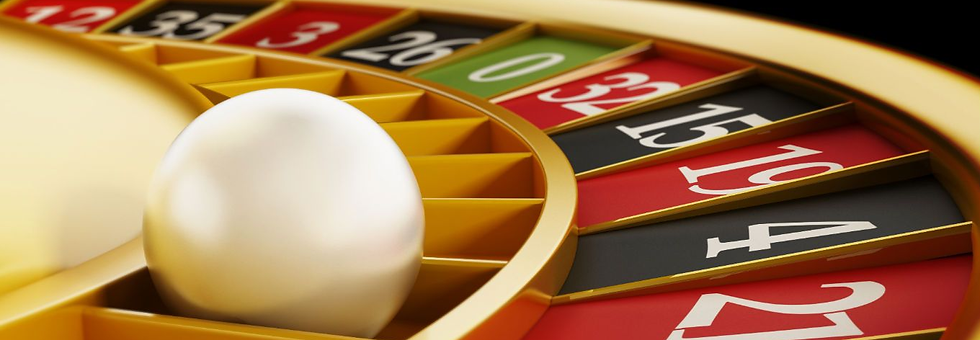Prime Numbers Respect Parity
- Roger Mansuy, Mathematician
- 5 févr. 2018
- 3 min de lecture

[ C H R O N I C L E ]
In mathematics, nothing is more fascinating than number theory! With a few simple notions we can create problems that are easy to state, but for which the solution is of baffling complexity. For example, everyone can understand that a natural number greater than or equal to 2 is a prime if, and only if, it can only be divided by 1 and itself. The (infinite) list of prime numbers starts 2, 3, 5, 7, 11, 13, etc. The notion can be understood immediately. Yet some of the trickiest problems in mathematics require no further knowledge to be stated, such as: “Is there infinitely many of pairs of prime numbers whose difference is equal to 2?” This unresolved question is known as the twin prime conjecture. It has been at the forefront of mathematics for centuries.
To experience the magic of numbers, you just need to open a book or attend a conference and come away with one of these fascinating riddles. To start off a seminar, mathematician Olivier Ramaré, who contributed to the twin prime conjecture, spoke of one recently solved by his colleagues in Marseille. Take a prime number, 37 for example, and add together the digits comprising it, here 3 + 7 = 10. Is there more chance of getting an odd or an even number? More simply put, is there infinitely many of prime numbers the sum of whose digits is even - or odd? The amateur mathematician’s first reflex is to test it on “small” values: list the prime numbers you know, calculate the sums and try to infer the results. Let’s say you did this calculation for one thousand prime numbers. Could you answer the question? No. Nothing guarantees that the initial results will conform to what will happen asymptotically. Knowing all the primes up to 2357 tells you nothing about those above 2357223335555577777772357 (which is also a prime). It is illusory therefore to hope to obtain a result by successive testing.
In 1968, Soviet mathematician Alexander Gelfond surmised that there were as many even-summed prime numbers as odd-summed prime numbers; he even extended his conjecture to other numeral systems (not just base 10) and to other modular calculations, not just looking at parity, but more generally the remainders of whole-number division, and from this deduced results whose proof depends on the validity of this conjecture.
Is Gelfond’s Conjecture correct? The answer is yes. Proof was found forty years later in 2010, which Christian Mauduit and Joël Rivat published (in French) in the prestigious journal Annals of Mathematics. The demonstration is very technical, but to understand the gap between the simplicity of the statement and the virtuosity of the strategy used, let us attempt to explain how the mathematicians achieved this. First, they started by considering a traditional function in number theory, von Mangoldt function. Then, they introduced an auxiliary function, defined as the sum of values of von Mangoldt function multiplied by exponentials of the sum of the digits. Finally, they precisely estimated the behaviour of this function when its argument becomes large. You couldn’t make sense of any of that? You can’t see the connection to the problem at hand? That’s normal. I have to tell you that I didn’t even try to explain the harmonic analysis techniques used to complete the estimation step.
You can see the difference between our perception and the elements of proof. For me, this is where the magic lies. Many may understand the statement and have fun with it, but a considerable amount of genius is required to prove it!
> AUTHOR
Roger Mansuy
Mathematician
Roger Mansuy teaches at Louis-Grand Lycée in Paris, and is a member of the French Committee for Maths Teaching (CFEM).


Commentaires